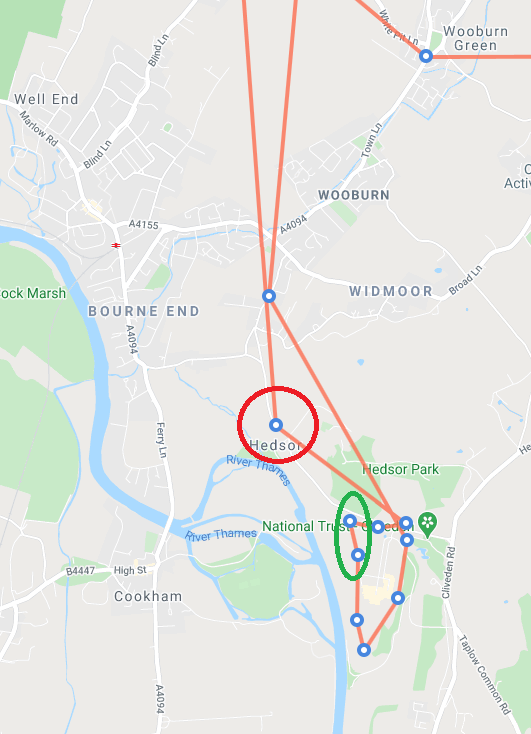It’s a low-cost INDOOR gateway. Three enquiries were made to try to help resolve the issue but we did not yet understand the details. This is not an appropriate case for the TTI involvement and as the TTN community enjoy the many benefits of the free network run by TTI staff it seems unfair to ask them to debug it until we had the details.
We become moderators because other moderators & TTI staff feel we have shown enough forum & technical skills to be able to help guide the forum towards the goals of TTN. All the moderators are volunteers. We have a monthly conference call with our liaison at TTI on a range of issues which includes the workload that TTN creates for TTI.
As a user of TTN, a software & embedded developer that primarily builds devices & dashboards but still an owner of one TTIG as shipped and one TTIG modified for an external antenna & serial, multiple RAK, two custom OrangePi, a Dragino & a PyCom gateways, both external & internal antennas, a personal Chirpstack deployment and a TTN v3 stack account plus High Altitude Balloon LoRa experience, I’ve some experience at gateway/RF level. I don’t believe you have to design or build a product to be able to support it, otherwise my assistance with Arduino LMIC wouldn’t be valid as I didn’t make the ATmega328 or the LMIC, despite the multiple successes. So supporting the TTIG at the level of a low cost gateway with an internal antenna doesn’t seem too far fetched.
With this insight, I did not see it appropriate to get TTI to look at an edge case like this, so in this case, I’m more qualified to “chime in” than most. I have on numerous occasions tagged, directly messages & gone on to Slack to alert TTI personnel to an issue.
If we could unwind time, ideally @nowiresfil would have told us that he needed his TTIG to pick up his test nodes sooner and we’d not be where we are. It was only after my message that we actually understood the core issue.
Unfortunately his reaction to my post breached forum policy so was edited by another moderator. His response to that moderators message is unprintable in polite circles. He’s not suspended, just on a a timeout / cooling off period until tomorrow.
I can understand that Australia has it’s own deployment challenges. If a new topic is started to outline them, if there is any doubt that TTI are not hearing them, we would be happy to ensure they they do, so they can provide a response.
Here in the UK, which does not enjoy as much coverage as people think we should, I would look to deploy moderate costing gateways with a simple external antenna, as from my experience, a TTIG is not suited for covering anything other than a larger building and it’s immediate (250-500m) area.
Please, can we move on. We can point @nowiresfil to resources, either the known good external antenna mod or low cost gateways that have an external antenna from the outset.


